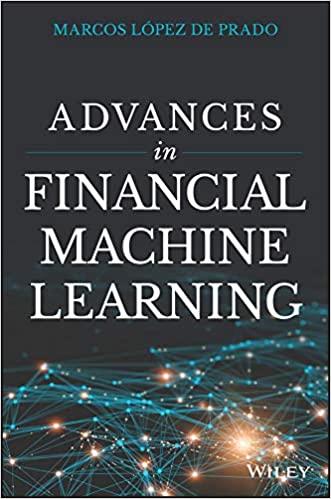
18. Ignatius Reilly has just received a $5 million windfall in the form of the stock of the Pyloric Valve corporation. Living in California, Ignatius would have to pay a 40 percent tax if he sold this stock and put the remaing $3 million into an index fund. His only other investment is $10 million in an index fund. Ignatius views his options as being the equivalent of investing $13 million in an index fund or investing $10 million in the index fund plus $5 million in Pyloric Valve, with a $2 million interest free loan from the government. We will assume that this approach to the problem is correct even though it leaves out some real world complications. So Ignatius's choice for the next year is to earn the market return on $13 million or the return on $10 million in the index fund and $5 million in Pyloric Valve stock. The riskless rate of return is 4 percent and the market expected rate of return is 10 percent. The market standard deviation is 12 percent. Pyloric has a beta of 1 and an annual standard deviation of 24 percent. Note that this implies the correlation of Pyloric's stock with the market is .5 and its covariance with the market is equal to the variance on the market. a. What is the expected Sharpe Ratio of this base case portfolio that will earn the market return on $13 million? b. What would be the Sharpe ratio on the alternative portfolio of $5 million in Pyloric stock, $10 million in the index, and a $2 million interest-free loan? 18. Ignatius Reilly has just received a $5 million windfall in the form of the stock of the Pyloric Valve corporation. Living in California, Ignatius would have to pay a 40 percent tax if he sold this stock and put the remaing $3 million into an index fund. His only other investment is $10 million in an index fund. Ignatius views his options as being the equivalent of investing $13 million in an index fund or investing $10 million in the index fund plus $5 million in Pyloric Valve, with a $2 million interest free loan from the government. We will assume that this approach to the problem is correct even though it leaves out some real world complications. So Ignatius's choice for the next year is to earn the market return on $13 million or the return on $10 million in the index fund and $5 million in Pyloric Valve stock. The riskless rate of return is 4 percent and the market expected rate of return is 10 percent. The market standard deviation is 12 percent. Pyloric has a beta of 1 and an annual standard deviation of 24 percent. Note that this implies the correlation of Pyloric's stock with the market is .5 and its covariance with the market is equal to the variance on the market. a. What is the expected Sharpe Ratio of this base case portfolio that will earn the market return on $13 million? b. What would be the Sharpe ratio on the alternative portfolio of $5 million in Pyloric stock, $10 million in the index, and a $2 million interest-free loan







